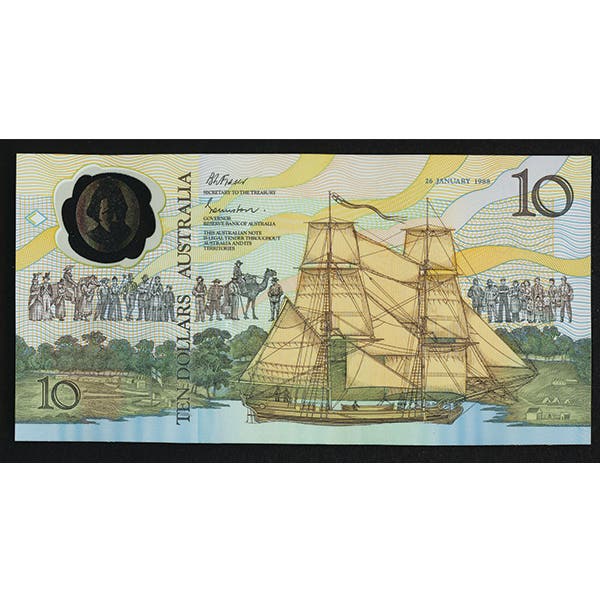Top-grade 1918-D dime has become a key date
No one ever thought of the 1918-D Mercury dime as anything close to the key 1916-D in terms of availability, but that is beginning to change. Only in the past…
No one ever thought of the 1918-D Mercury dime as anything close to the key 1916-D in terms of availability, but that is beginning to change. Only in the past couple of decades has the 1918-D been sought in MS-65 condition with full split bands. Of course, it’s one thing to seek a top-grade example and quite another to actually find one.
Back when the 1918-D was produced, grades like MS-65 and MS-65 with full split bands did not even exist. Like any other dime of the period, it was judged mostly by its mintage. With a total of 22,674,800 struck, it’s safe to assume that few even gave it a second thought.
At the time, a low-mintage Mercury dime was more on the order of 10 million or less. The 1919-D and 1919-S both met that criteria, as did the 1917-D. A number of dates in the 1920s and 1930s would have mintages of less than 2 million. The 1918-D therefore would not have generated much interest among those seeking low-mintage dates.
In addition, there were probably very few Mercury dime collectors. There simply is not much indication of heavy saving of this denomination. Most of the focus would have been on lower and more affordable denominations such as cents and nickels.
What collectors wanted would have been what dealers had in stock, and the average dealer had very little interest in new issues. Numismatic scholar Q. David Bowers discovered this when he learned that few dealers in 1916 had working inventories of the 1916 Standing Liberty quarter, which had a mintage of just 52,000 and was seen by many as a coin that could not miss in terms of rising in price. This lack of dealer interest reflected their customers, who were primarily interested in earlier issues because they could obtain current releases themselves.
An added factor was that collecting itself was transitioning from collecting just by date to collecting by date and mint. That transition took time, and while it had started in the 1890s, it was not virtually universal until the 1930s.
Under these circumstances, there was not much saving of the 1918-D Mercury dime. That may help to explain why G-4 examples currently list for just $3.50. Supplies are basically good, since these coins circulated until at least the 1950s.
It is a different matter in Mint State. The 1918-D is currently at $110 in MS-60, which is a premium price. While certainly not even close to the key date prices, it still suggests that there are not a number of rolls readily available in the market today.
In top grades, the 1918-D is $725 in MS-65 and $27,500 in MS-65 with full split bands. This puts it among the top few Mercury dimes, behind only the 1916-D and 1919-D among regular dates.
Just how available the 1918-D is in these top grades is a good question. The Numismatic Guaranty Corporation reports having graded 62 examples in MS-65 or better and 10 examples in MS-65 or better with full split bands. The Professional Coin Grading Service reports 123 coins in MS-65 or better and 32 coins in MS-65 or better with full split bands.
Since pricing is a reflection of supply, you might think prices in both cases are actually low, especially in the case of MS-65. For $725, you are getting a very tough coin.
While the 1918-D may still be available in lower grades, there is no question that it has become one of the key Mercury dimes in top grades. It is a date worth watching.
This article was originally printed in Numismatic News. >> Subscribe today.
More Collecting Resources
• More than 600 issuing locations are represented in the Standard Catalog of World Coins, 1701-1800 .
• The Standard Catalog of World Coins, 1601-1700 is your guide to images, prices and information on coins from so long ago.









